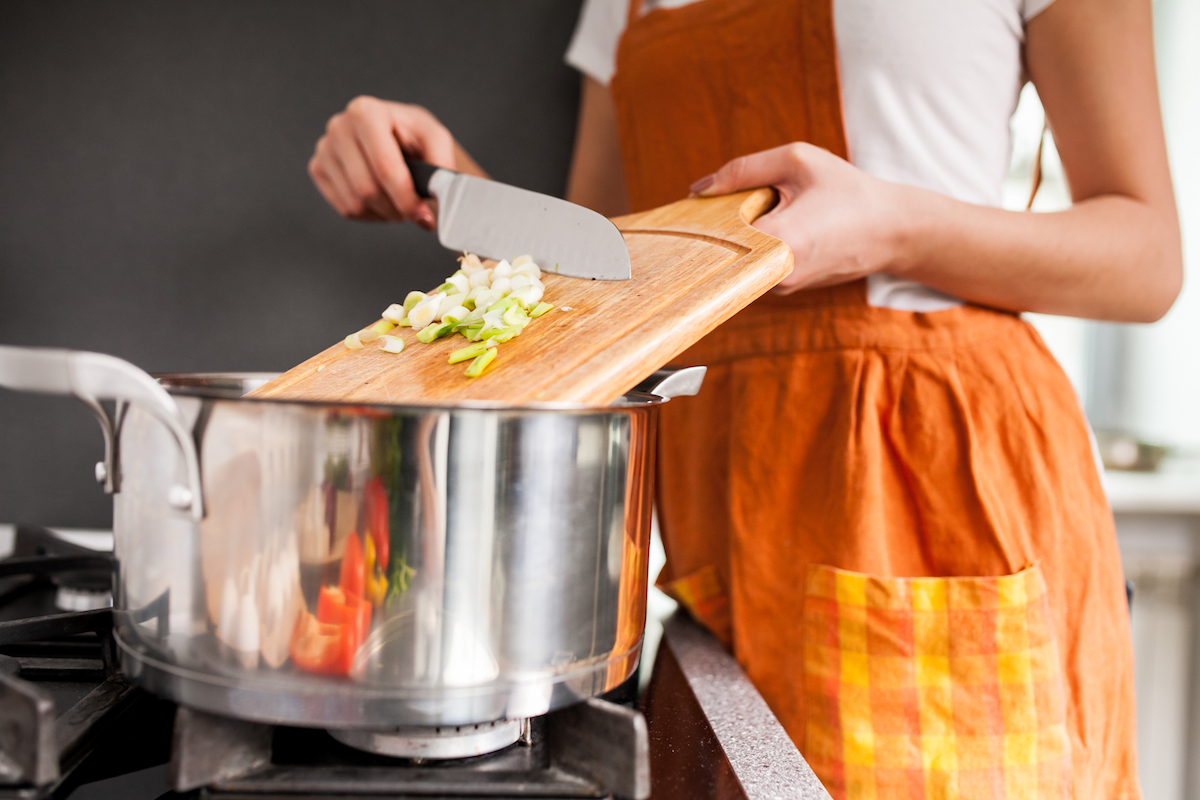
Every cook knows just how effective a recipe can be, especially when used well. A recipe can only make a difference for you if you follow the instructions outlined therein in detail. You should also do yourself a favor and know how long the whole process will take, not forgetting to follow the order carefully- if you really want to make a tasty meal with any recipe.
 Read the WHOLE recipe twice
Read the WHOLE recipe twice
This might seem like overkill to some, but I assure you it’s the safest way to go. You might pick up on things you didn’t see the first time. It’s like that saying from construction: “Measure twice, cut once.” Except in this case we’re most likely measuring a whole bunch of butter and cutting it into a whole mess of flour. No hardhats required. Still, it’s a good rule.
Note the time the recipe is going to take
Do you have time to make what you want to make? More often than not, your recipe is going to be straight with you and tell you exactly how long you’re going to need to complete it. This might be broken into “prep time,” “cooking time” and “inactive time.” As someone who once tried to make an icebox cake with 16 hours of “inactive time” for a party I was supposed to attend in 30 minutes, I can’t stress this point enough.
Respect the order of things
It might seem obnoxious that you have to separate your wet and your dry ingredients before mixing everything together. Ugh…I have to whip those egg whites before folding them in? It can all seem like a bunch of pomp and circumstance. However, I assure you that the person who created this recipe has created these steps to aid in your success. Follow along for the best results.
Sometimes cooking needs a bit of knowledge, otherwise you just toss ingredients in and end up making a meal you won’t be proud of and worst if you are cooking for some special guests. There are some basics that you need to learn way before you place your pan on your stove.
Know When to Slice, Chop or Puree Garlic
As a member of the allium family, garlic has powerful heart- and cancer-protective benefits. How you prep garlic is critical for the creation of allicin, the component of garlic that has shown promise in helping to prevent cancer and heart disease. Chopping or crushing garlic releases the enzyme alliinase, which reacts with the chemical alliin to form allicin. To get the most out of garlic’s health benefits, chop or crush garlic cloves (the finer, the better) to join the active compounds and let them sit for 10 to 15 minutes before cooking.
Know When to Use Extra Virgin or Pure Olive Oil
If you buy good quality oils, the only difference between the two is the first and second press. If you use extra virgin olive oil when cooking, the high heat destroys the fruit flavor. Also, if you add it to a too hot pan, the sugars in the fruit can burn and create a bitter taste. Pure olive oil has the same health benefits and is better for higher-heat cooking. Use extra virgin oils to pour over salads or even warm pasta; the full fruit and flavor attributes will be maintained. That’s why you pay more for extra virgin olive oil in the first place.
Make Perfect Scrambled Eggs and Omelets
To achieve the fluffiest eggs ever, add 1 tablespoon of water to beaten eggs right before adding to the pan. If the pan is hot enough, the water in the egg mixture will create a burst of steam when it hits the pan. This will leaven the eggs and form a fluffier, lighter scramble or omelet.
Sourced From: http://www.cleaneatingmag.com/slideshow/top-5-cooking-tips-youll-use-every-day/5/
Does it sound difficult to cook with a recipe all the time? You can do it in a simpler way too. Obviously, not every meal will require you to follow a recipe step by step, but there are still tips you may have been missing out on making the simplest meals at home.
Stock up the pantry and fridge
We try to make sure our pantry contains plenty of staples to use for last-minute cooking: canned beans, chickpeas, tomatoes, pasta and whole grains. Quinoa and bulgur wheat are favorite grains since they cook quickly. Potatoes and onions are key, as well as garlic. In the fridge, spinach or kale is a must for us, and eggs are helpful for adding protein into vegetarian recipes. We’ve also taken to staying stocked on tortillas and a bit of cheese. And in the spice drawer, our must-haves are oregano, basil, cumin, chili powder and garlic powder.
Assess the situation, Iron Chef Style
What ingredients make sense together? What type of dish do you want to create? Some easy ideas we’ve used include quesadillas with chopped vegetables and cheese, a big green salad with chickpeas and vegetables, sautéed vegetables with quinoa and a fried egg, roasted potatoes and scrambled eggs, and chickpea and vegetable tacos.
Have confidence!
Cooking without a recipe requires a bit of basic cooking knowledge, like how to sauté vegetables or make a vinaigrette dressing. Utilize the skills you have to cook up a creative meal — even if it’s just melting cheese into a quesadilla! Just add some cumin, oregano and a few chopped vegetables, and it becomes a meal. Or make a huge salad with chopped vegetables, and add some canned chickpeas tossed with olive oil, salt and spices. Scramble up some eggs with herb seasoning and serve them alongside bread or quinoa. It doesn’t have to be fancy — what’s important is that cooking without a recipe is a good way to get nourishing food on the table, in a pinch or otherwise.
Sourced From: http://www.acouplecooks.com/4-tips-for-cooking-without-a-recipe/